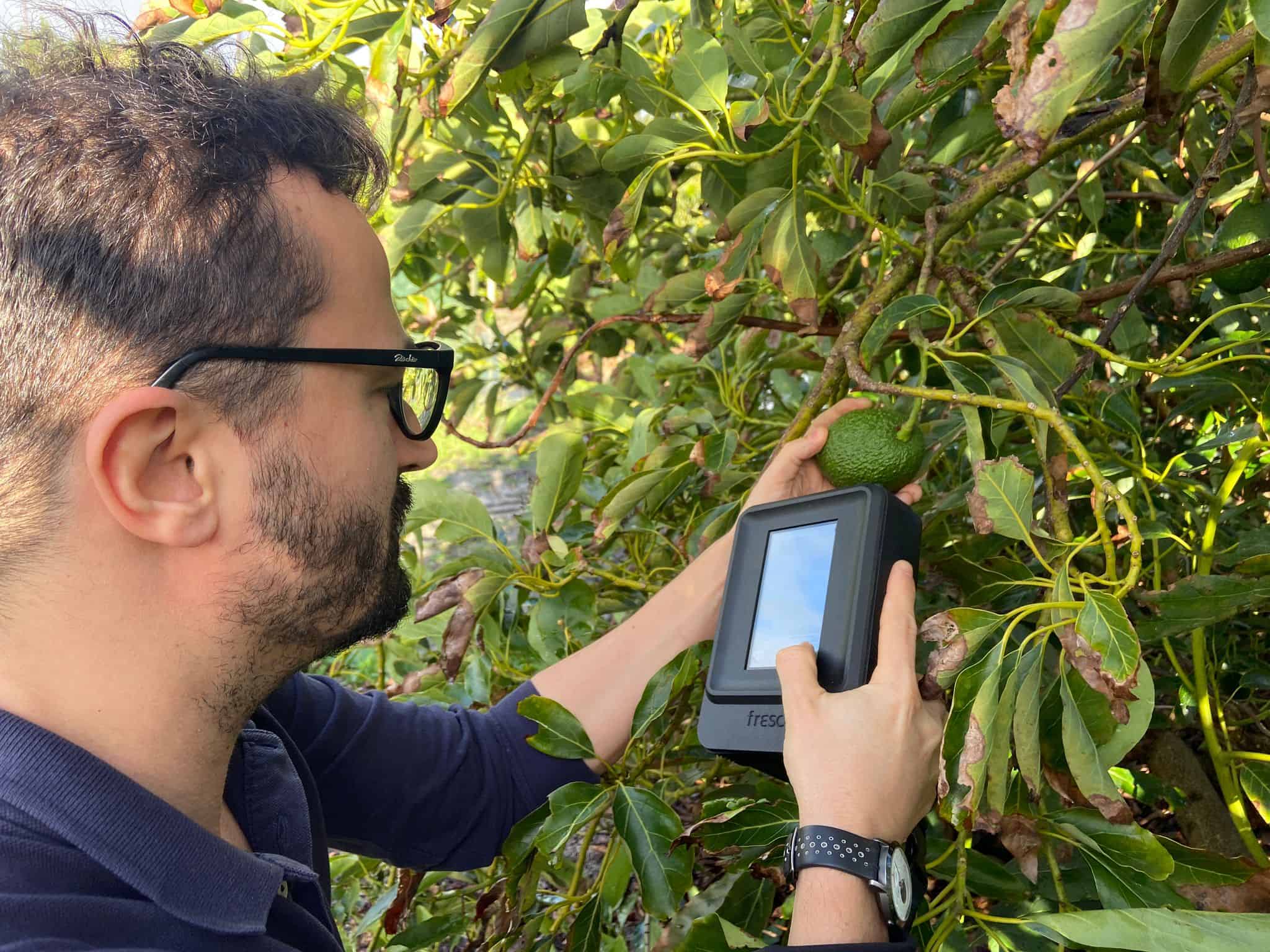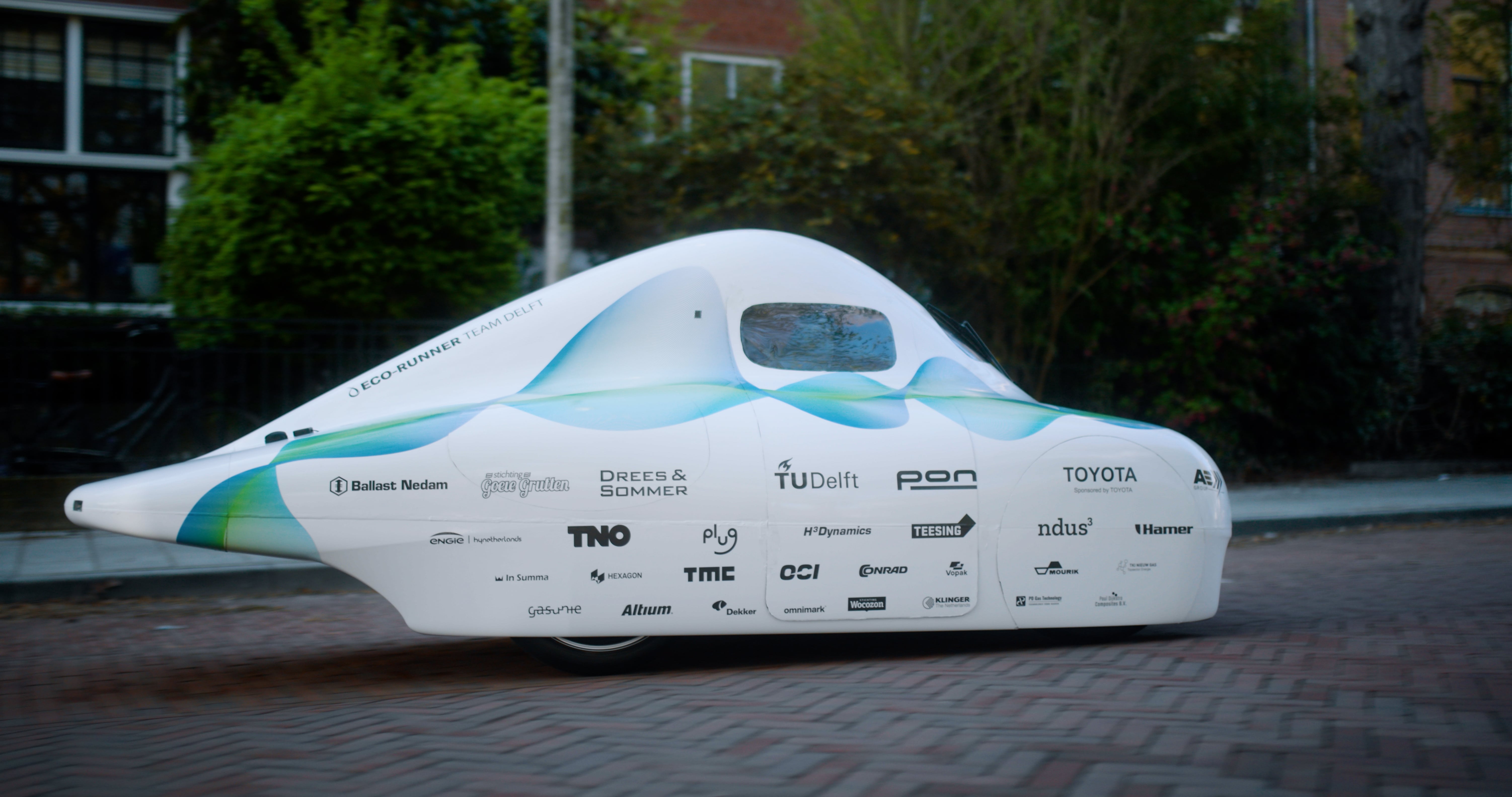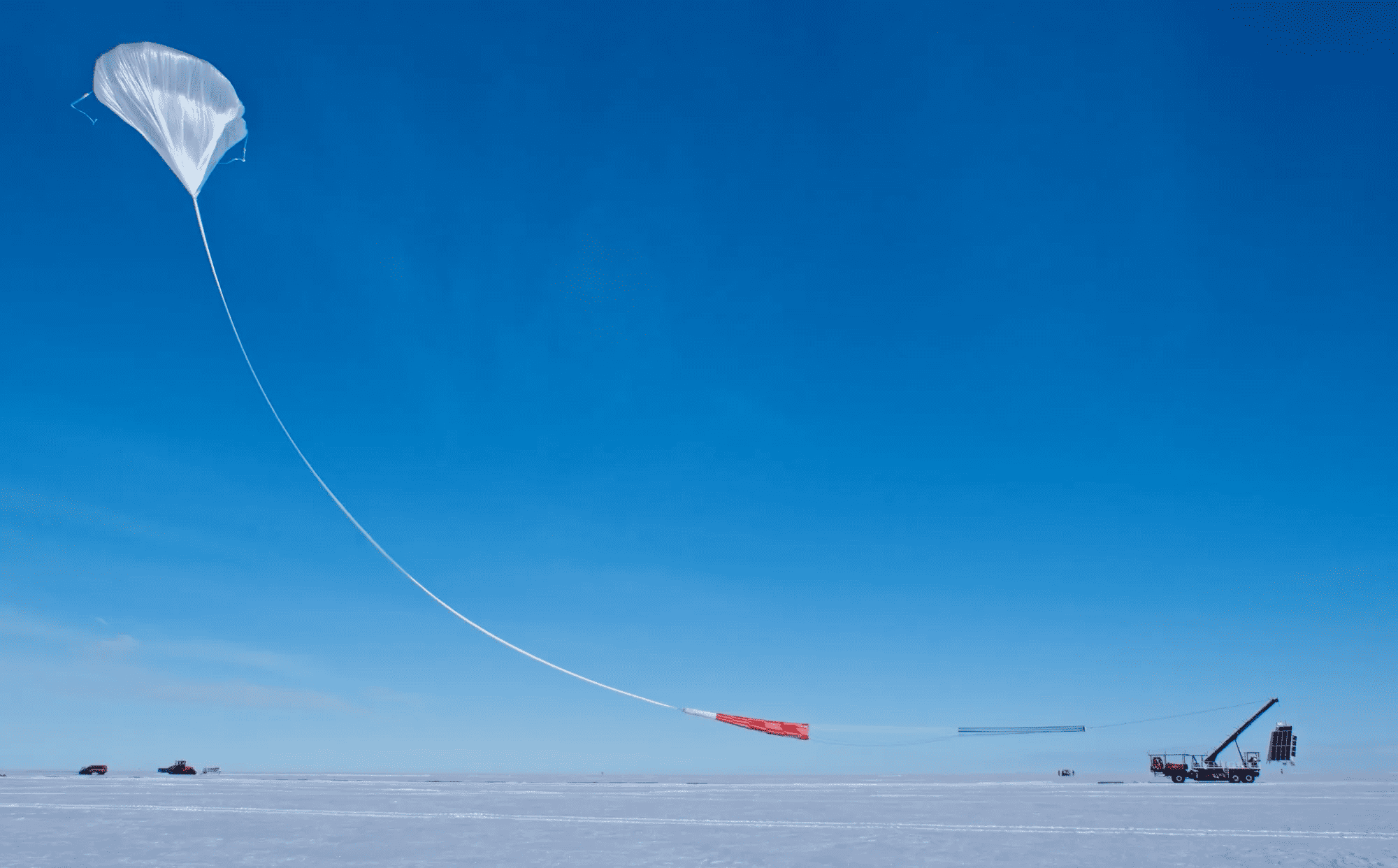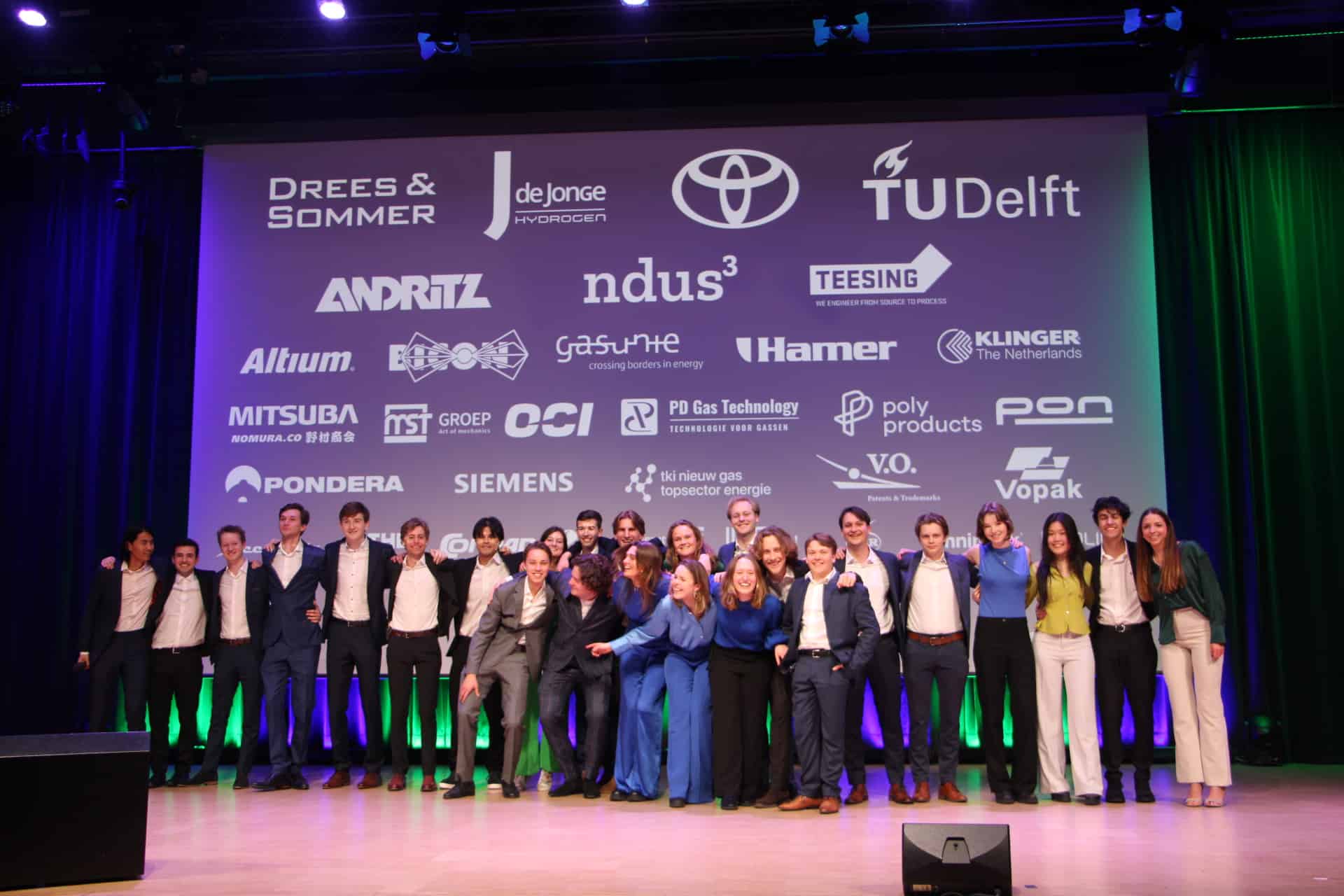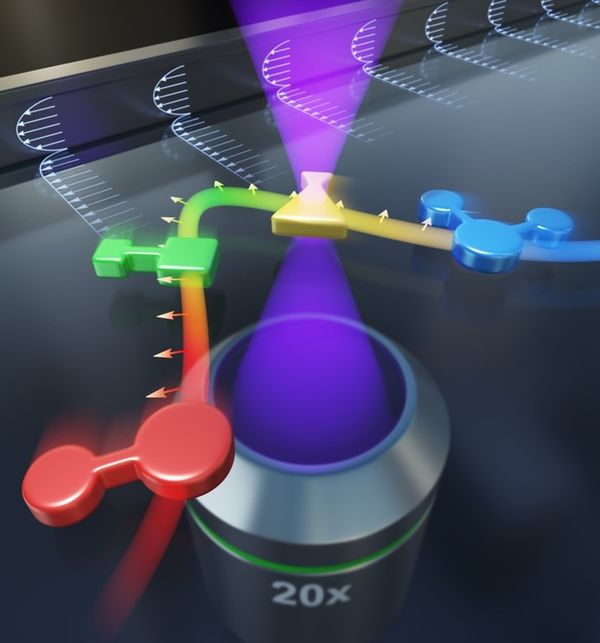
Scientists from TU Delft (a Dutch technological university) have developed a method to selectively separate microparticles out of a liquid by virtue of their shape. The resulting technique can be used in various fields of expertise. For example in the production of medication or the removal of microplastics from water. Their research was published yesterday in the academic journal PNAS.
Selective filtering
There are countless examples of undissolved microparticles in fluids, such as the red blood cells in our blood. But bacteria in ditch water and microplastics in the drain water from washing machines are also abundant. You could use a sieve to remove some of these particles. But there are often different particles that are the same size that still need to be separated from each other.
At present, this can only be done by using a magnetic field, an electric charge, or light. Extra equipment is needed for these processes. Moreover, the microparticles cannot always be distinguished from each other on the basis of their properties. In the production of medication, it is crucial for the effectiveness of an end product that they only contain the correct active crystal structures. Researcher H. Burak Eral: “Minor variations in the shape of the desired pure crystal, which then still have the same size, often occur during the manufacturing process. This technique enables us to extract these deviant crystals more effectively out of fluids.”
Flow through a tube as thin as a hair
The method developed by the researchers Rumen Georgiev and H. Burak Eral works on the principle of forces exerted on particles flowing through a narrow tube. This tube is as thin as a hair. It is possible to calculate precisely which route the particle will travel in the narrow tube by using formulas.
Earlier theoretical research carried out in conjunction with Utrecht University (the Netherlands) and the University of Hawaii revealed that the asymmetric particles flow in a typical way through a narrow channel. The team from Utrecht developed a simple, but effective theory for motion in two dimensions.
In Delft, Georgiev and Eral continued experimenting, using 3D simulations and their theory in order to figure out the patterns of the microparticles. By making the microparticles in different shapes themselves, they were able to play with the characteristics of the microparticles.
“We saw a bell-shaped pattern emerge en route, which all microparticles follow in a slightly different manner according to their shape. Thanks to the many experiments and computer simulations, we were finally able to bring that route back to one universal formula, in which the shape of the particle is the only variable,” Burak Eral states.
A highway with exits
With the help of the formula, it is possible to calculate which route a microparticle with a certain shape will take. This even makes it possible to sort differently shaped particles out from a liquid at the same time by setting up the narrow tube as a highway with separate exits. Georgiev: “Each particle follows a uniform route. What that route exactly looks like is merely determined by its shape. So particle A will end up at one exit, while particle B will move towards the other.”
The method can be used across many areas, from the medical industry to wastewater treatment. Where plenty of opportunities lie is in the development of the tiny labs on a chip and in separation technologies within the industrial sector. Eral: “A tiny channel with several exits is enough to extract microparticles from a liquid. Imagine separating misshapen red blood cells in the case of sickle cell anemia. The principle can also be applied to larger production processes in the pharmaceutical industry. The fact that the method works on both a small and large scale is a real godsend.”
The original publication can be read via this link.
Also of interest: Magnetic separation of waste is also possible for heavy materials



